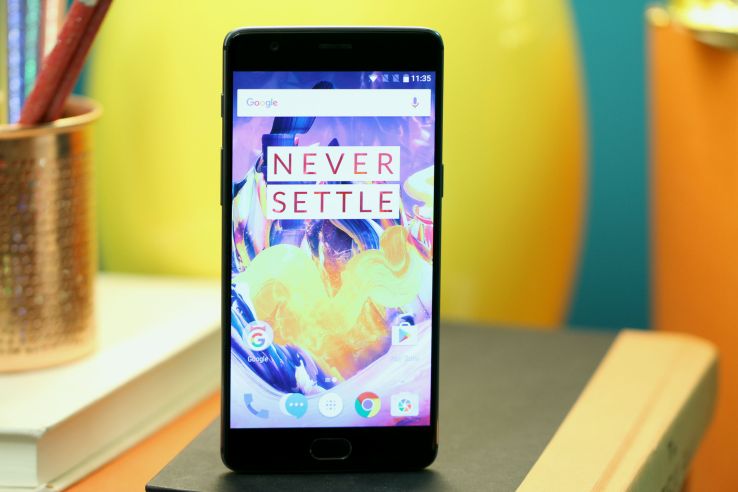
OnePlus has always been a people pleaser. It’s an impulse grown, in part, from the hardware startups close connection to a tight-knit fanbase. As other new entrants like Le Eco on the smartphone scene push to be the biggest and flashiest, the company has been producing excellent handsets from the very beginning, devices capable of taking on the top flagships at a fraction of the price.
But the 3T is a bit of conundrum. It’s certainly in keeping with OnePlus’s focus on quality, but for those who went all in with the company’s last flagship a few months back, the phone may feel like a small-scale betrayal, upping the specs and entirely replacing the phone half-a-year after its introduction.
For the rest of us, it’s hard to fault the company for continuing to push the limits of what a sub-$500 phone can do. And besides, it’s not like buyers got the short end of the stick, really. The OnePlus 3 is still a hell of a phone and a strong contender for 2016’s best bang for your smartphone buck. But now the title clearly belongs to another.
The new Plus, same as the old Plus
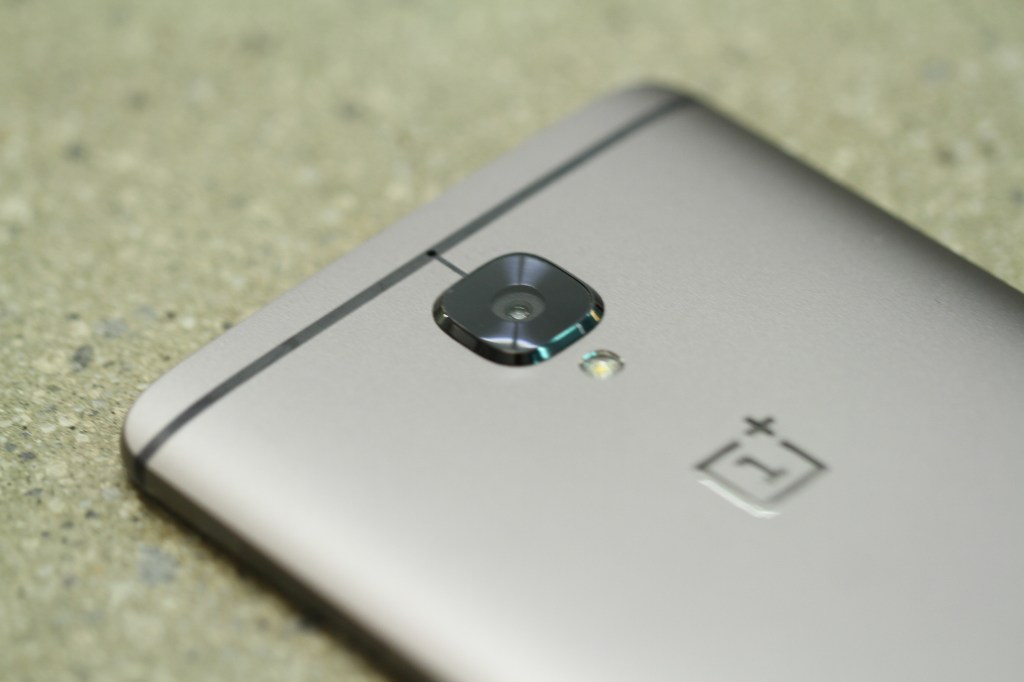
Six months, it seems, isn’t long enough for a full-on facelift. And that’s just fine. The OnePlus 3 was a great looking phone – and so, too, is the 3T. Because, well, they look pretty much exactly the same. So if you’re still hanging onto the 3, don’t worry, your friends will be none the wiser. In fact, the company’s even managed to maintain the size and weight of its predecessor (6.01 x 2.94 x 0.29 inches, 5.57 ounces) quite the feat in light of the fact that it’s also managed to pack some more battery life inside.
For the full rundown of the looks, take a peep at our much meatier review of the OnePlus 3. That handset ditched the iconic sandstone back, in favor of a more straightforward metal backing. That means the phone doesn’t stand out as much from the unwashed smartphone masses, but it makes for a solidly built handset, with a slightly convex curvature that fits nicely in the hand.
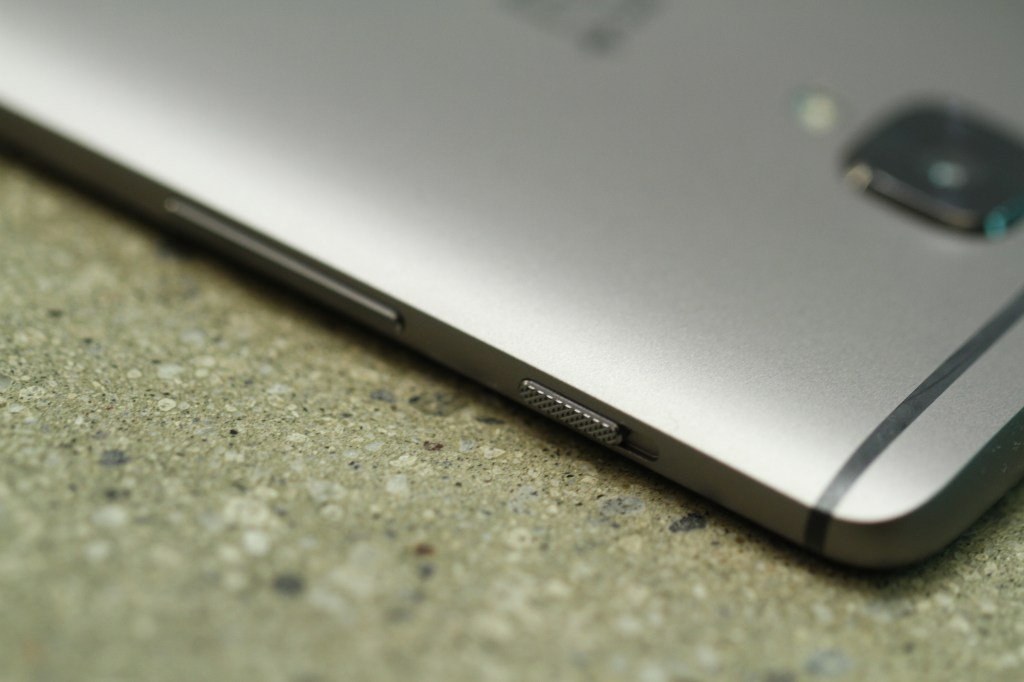
And, as ever, the company has included some backs that help you relieve those simpler sandstone days – though, in doing so, you’ll be masking the one key aesthetic distinction between the two phones (though I do recommend it, as that back scratches fast) – the addition of a gun metal coloring replacing graphite. Both are silver, but the new one is darker. The soft gold, meanwhile, survives this update.
One of the more notable features on-board is the Alert Slider. It’s an extra button few talk about but OnePlus users have really taken to, that quickly toggles between mute and ringing. It sits just above the volume rocker and is big enough to trigger while the phone is in a pocket, if you’re in a pinch. It’s a nice additional button that works well in contrast to hardware manufacturers’ insistence on including as few as possible. And it’s a testament to the thoughtfulness of a company willing to fly in the face of some conventions.
As with its predecessor, the 3T is an extremely well-built handset, and one that belies its reasonable pricing.
Camera, action
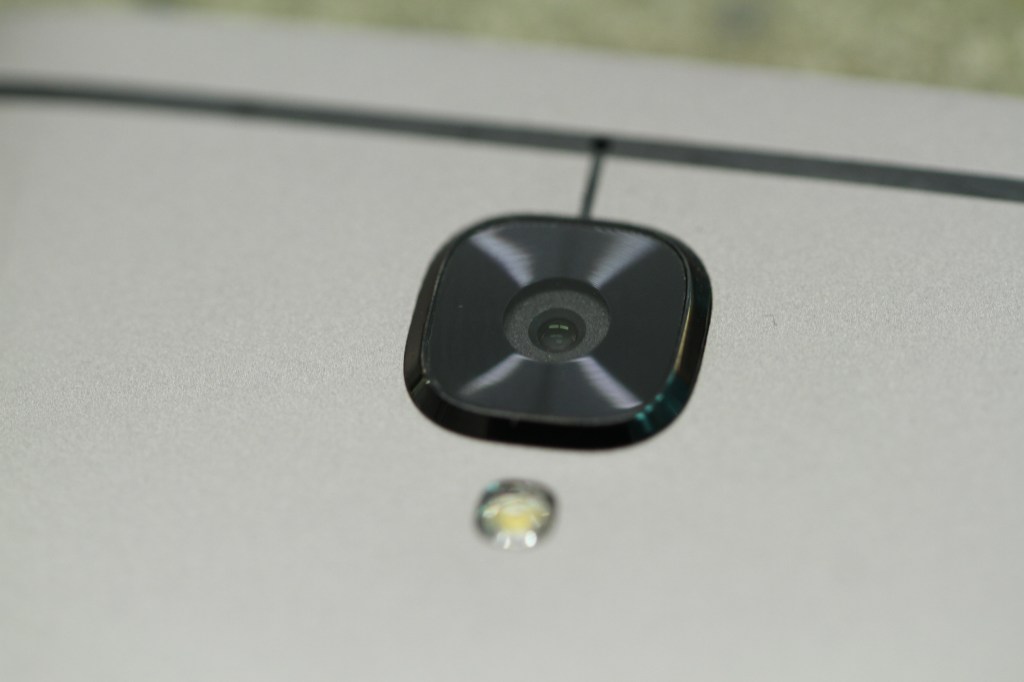
The display is the same as before, as well — a 5.5-inch 1920 x 1080. That’s 401 ppi – same as what you’re going to find on the iPhone 7 Plus. At the time, we compared it to the Galaxy Note 5 – but let’s just go ahead and forget all of that happened. How about the Google Pixel XL? That one comes in at 1440 x 2560 pixels, which is around 534 ppi. Which is to say that, while it’s not the sharpest display out there, it’s clear and it’s bright, and it does a great job for its price point.
The rear-facing camera is the same 16-megapixel, though the phone does a bit more processing to improve low light shots. And indeed, I was able to grab some good ones in pretty dark conditions, though the shots just can’t compare to the ones I grabbed on the Pixel (but then, neither can the price).
-

img_20161113_203638
-

img_20161117_075907
-

img_20161122_191135
-

img_20161122_185841
-

img_20161122_185859
-

img_20161122_191232
-

img_20161122_191417
Interestingly, while the rear-facing camera has the same specs, OnePlus has given the line a selfie upgrade. Now both cameras sport the same megapixel count. I’m not much of a selfie man, but it does it grab clear front-facing shots. It doesn’t perform as well as its counterpart in low light, however. Either that or I was looking especially grainy today.
Under the hood
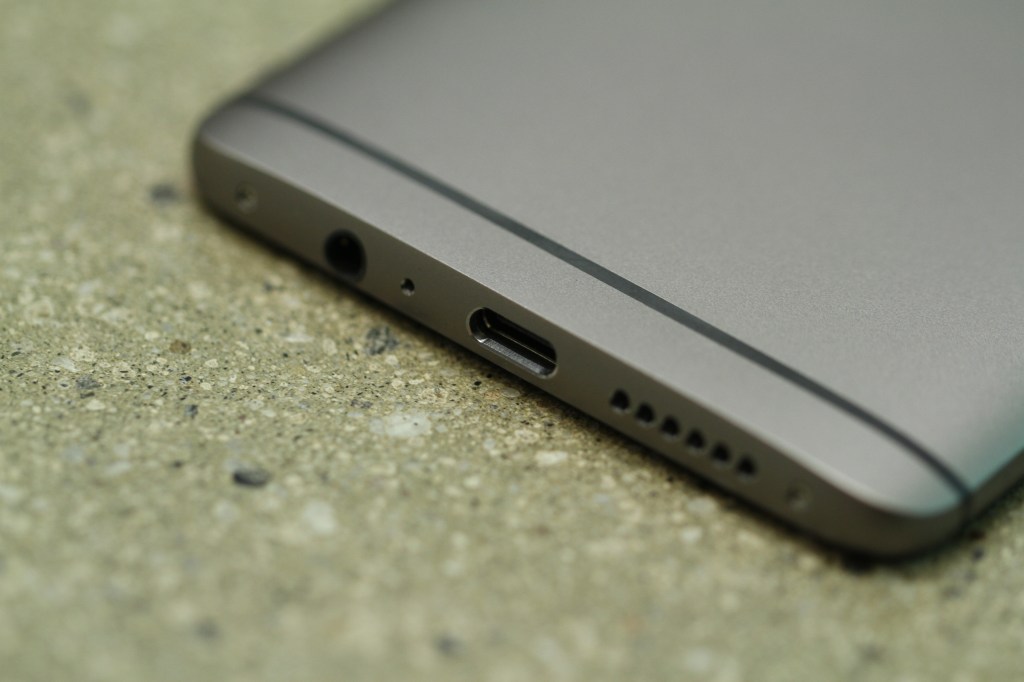
Here’s where the upgrade really starts to shine. OnePlus has quickly cut in line to the front of the pack with the addition of a Snapdragon 821. It’s no wonder the company let Qualcomm tease the handset before launch. That’s a big win for a budget device, putting it in relatively rare air alongside the likes of the Pixel and Zenfone 3. The coup was likely a big part of what drove the company to go ahead and release a new handset outside of an annual upgrade schedule.
The RAM is the same – but 6GB is certainly nothing to sneeze at, and the combination of the two make for an extremely smooth user experience, while taking less of a hit to battery life – not that the handset needs that much help. The healthy 3000 mAh battery of the 3 gets a 13-percent capacity increase to 3400 – that’s just shy of the Pixel XL’s 3,450. But you should be able to get a couple of days of standard use out of the thing, assuming you’re not binge watching any video.
Dash Charging is back, filling an empty battery half way in half an hour, edging out the Pixel’s offering. Of course, we’ll see how much longer OnePlus’s own proprietary fast charging technology sticks around as Google cracks down on third-party solutions, moving forward. The biggest downside at the moment is the fact that it only works with OnePlus’s proprietary charging brick, so expect to carry that around.
Storage-wise, you’re still getting 64GB, though this time out you can double that by adding an extra $40 onto your bill, and while there’s a dual-SIM slot, you won’t be able to jam a microSD in for added storage, so choose wisely.
OnePlus, plus
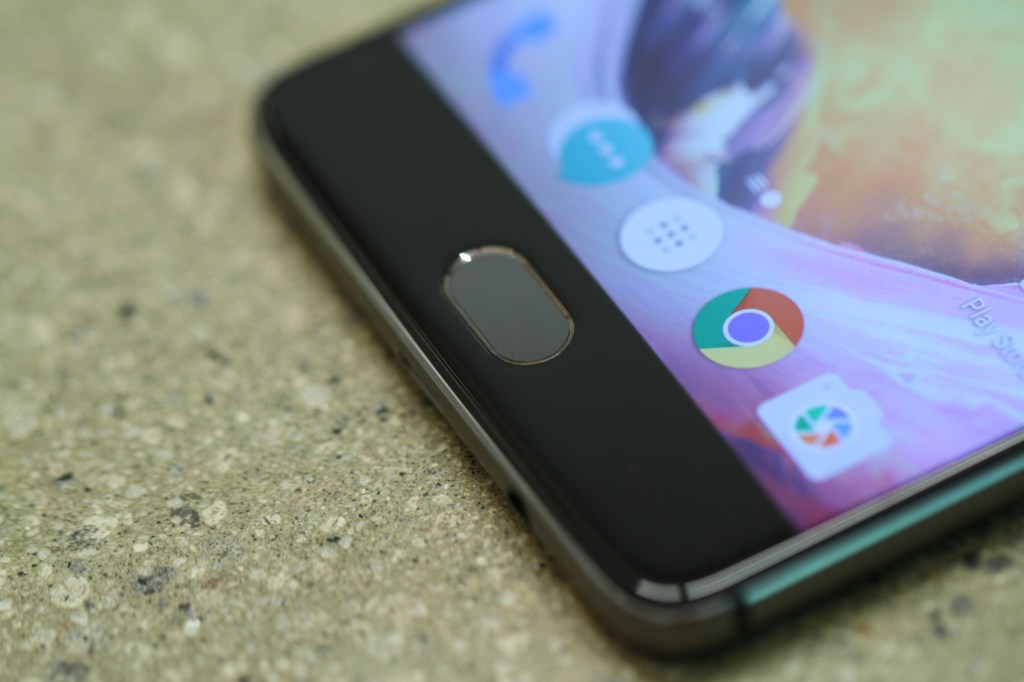
The question we usually pose at this bit is whether the handset is worth an upgrade over its predecessor. That’s just silly here, of course. Processor aside, the 3T could have just as easily been released alongside the original OnePlus 3 at a higher pricing tier. As it stands, however, the company apparently spotted the new Snapdragon and asked itself why the heck not?
The result is a solid upgrade to an already terrific phone. Of course, at $439, it’s $40 more than its predecessor, but that really seems like a small price to pay in light of all of the upgrades you’re getting here. That’s well below the Pixel XL’s $769. And it remains one of the best deals in town.
No comments:
Post a Comment